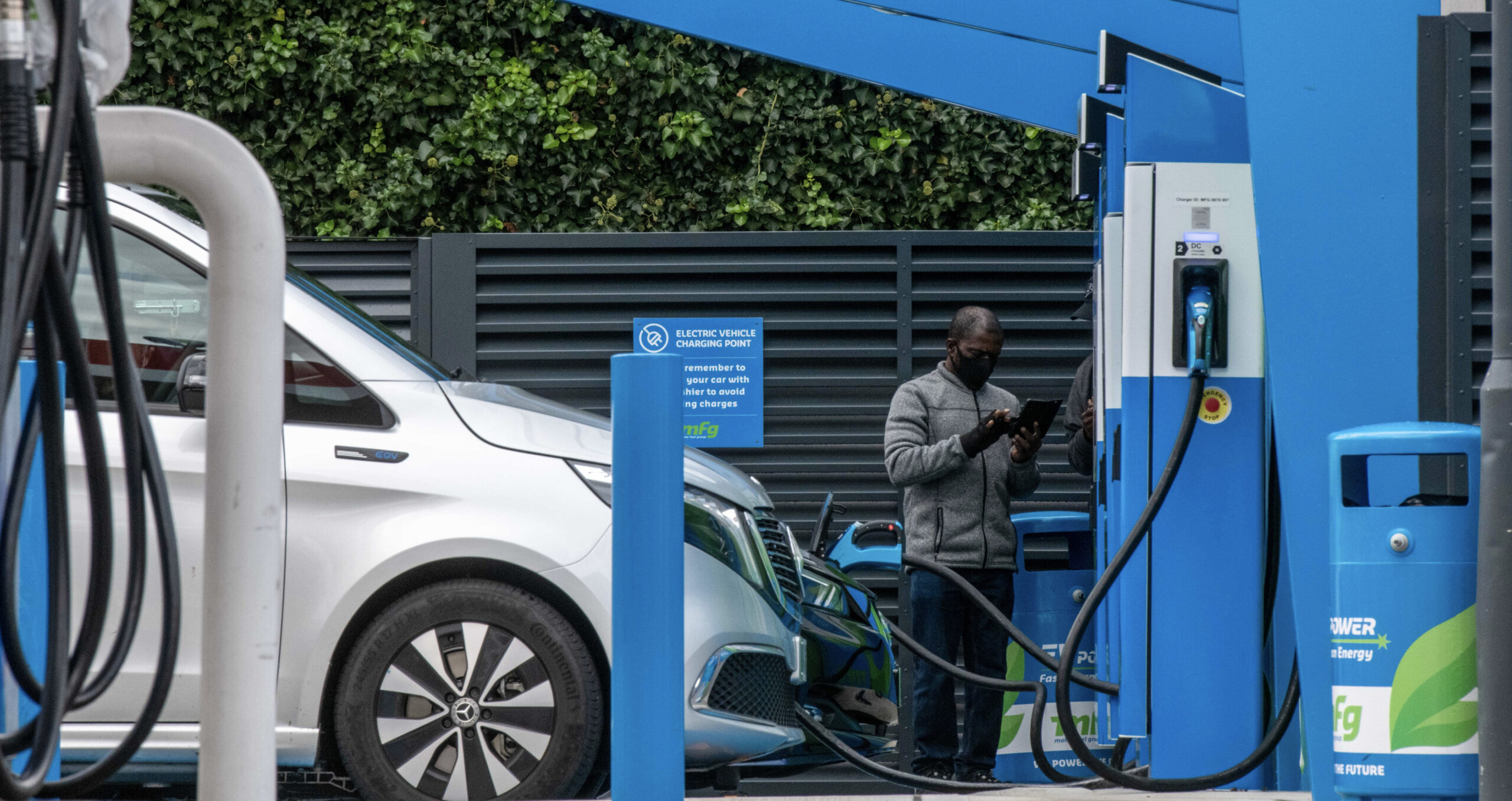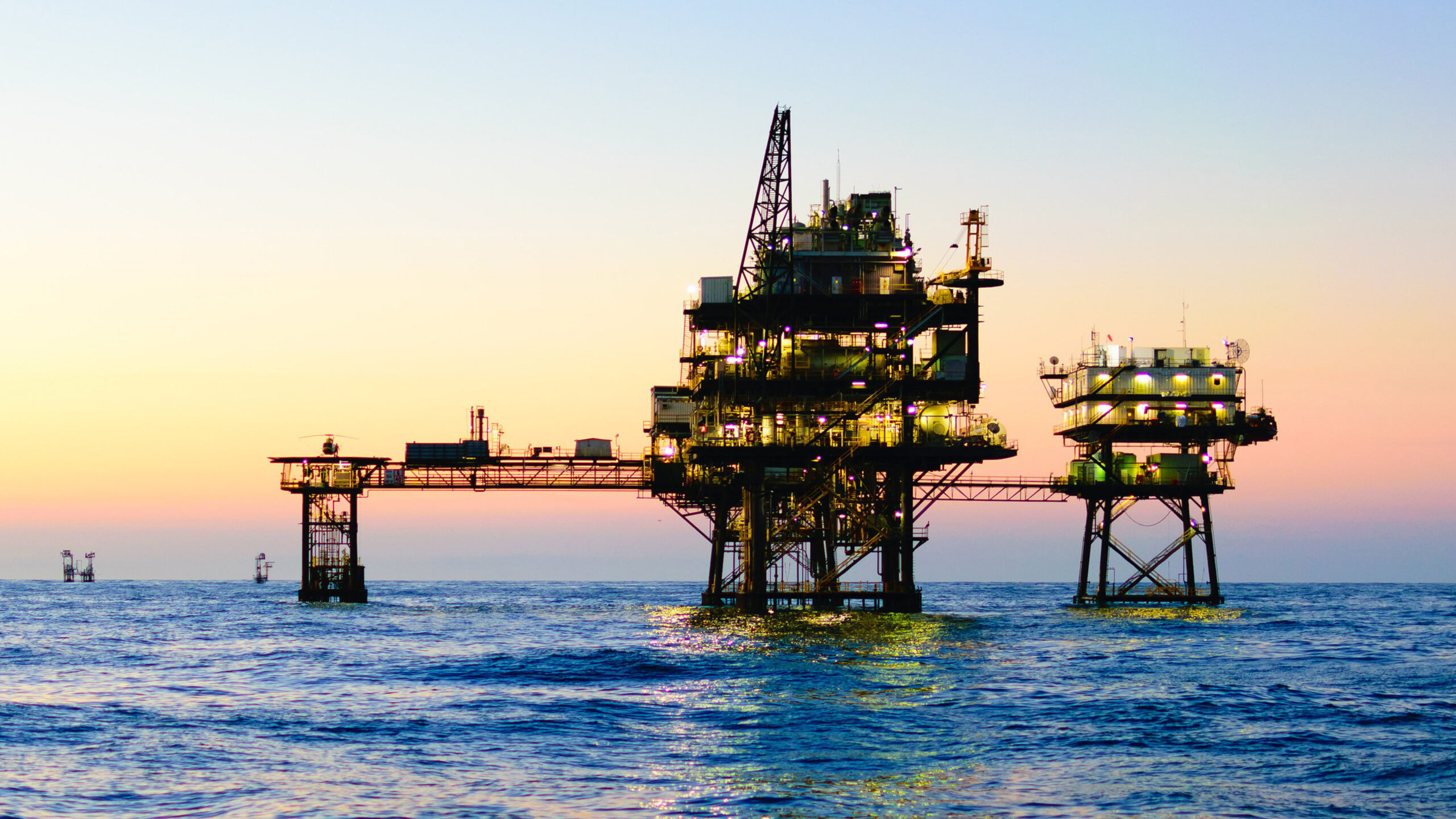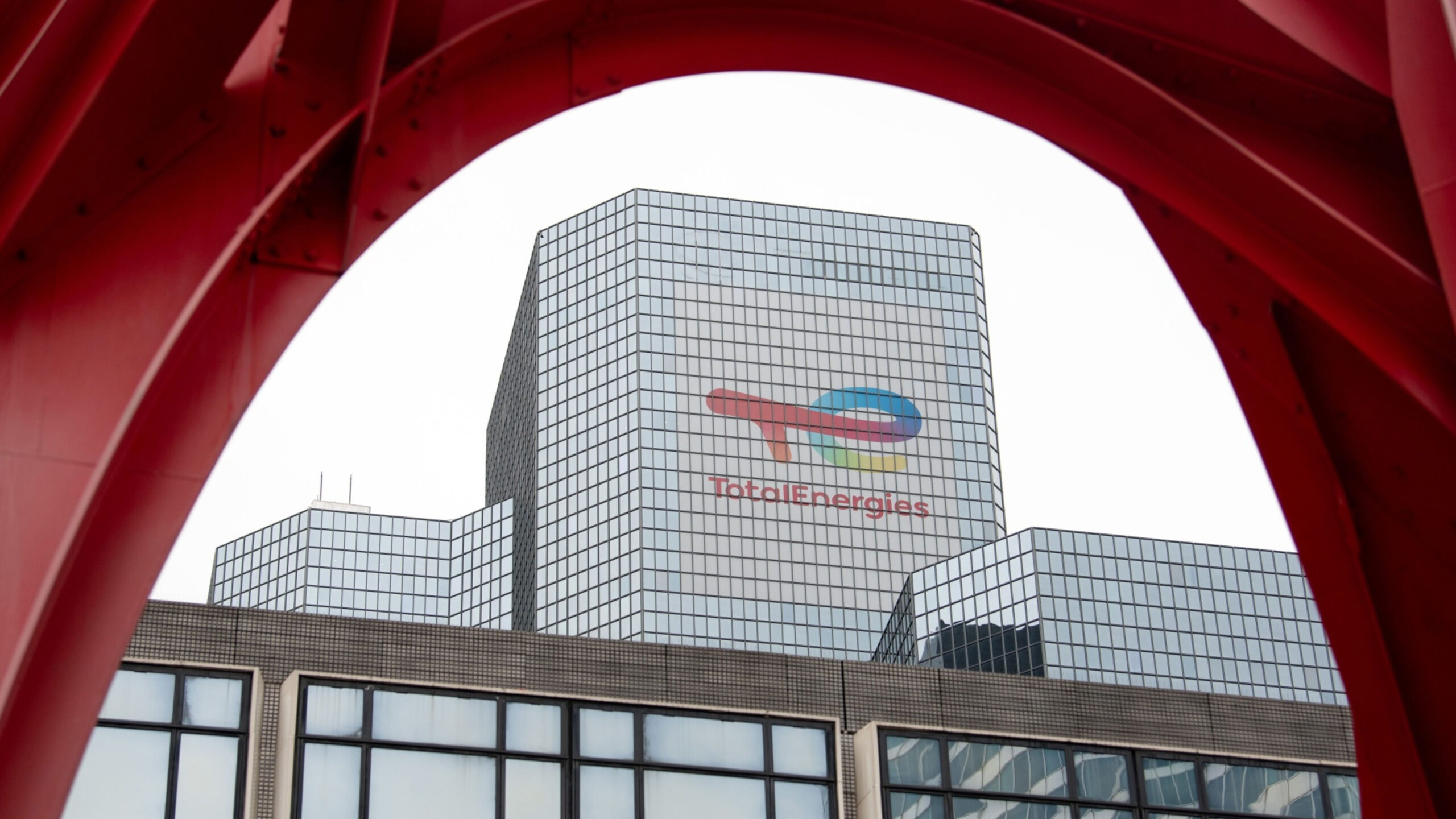

Increasing global investment in clean technologies is seeing the shift to sustainable energy happening at a faster rate ‘than many realise’, an International Energy Agency study shows.
Clean energy is racing ahead in the investment stakes compared with fossil fuels, according to a report published by the International Energy Agency on May 25.
Five years ago, for every $1 invested in fossil fuels, the same amount went to renewables, nuclear, electric vehicles and other lower-emissions technologies. In 2023, for every $1 invested in fossil fuels globally, $1.70 will go to clean energy, the agency’s “World energy investment 2023” report reveals. Nonetheless, more than $1tn will still be spent on coal, gas and oil this year.
About $2.8tn is set to be invested worldwide in energy in 2023, of which more than $1.7tn is expected to go to clean technologies, with solar power and electric cars leading the way.
“A new clean energy economy is emerging and emerging much faster than many realise,” said IEA executive director Fatih Birol during a press briefing. He described a “dramatic shift” that was happening thanks to the increasingly competitive costs of solar, wind and other technologies, and government policies in response to the climate and energy crises, such as the US Inflation Reduction Act and the EU Green Deal.
The solar industry is the “star” of the show, said Birol. More than $1bn a day is expected to go into solar investments in 2023, totalling $380bn for the year as a whole. This rise will nudge solar investment above spending on oil for the first time ever.
EV investment doubling
Meanwhile, EV sales are expected to grow by a third this year, with investment in EVs more than doubling since 2021 to reach $130bn in 2023, the report shows.
Heat pumps are also becoming more widespread, with sales experiencing double-digit annual growth since 2021.
The IEA underlines that a similar uptick in funds now needs to happen in other areas, notably energy efficiency, grids and batteries, IEA chief economist Tim Gould insisted during a press briefing on the particularly worrying funding gap for electricity grids.
Investment in clean energy technologies by the oil and gas industry, however, remains less than 5 per cent of what it spends on fossil fuel exploration and production. Further, the IEA forecasts that spending on upstream oil and gas will rise by 7 per cent in 2023, taking it back to 2019 levels.
Such growth means fossil fuel investment will be more than double the level needed in 2030 if the world is to reach net zero emissions by 2050, the IEA says. Global coal demand reached an all-time high in 2022, and coal investment in 2023 is on course to reach nearly six times the levels envisaged in 2030 in the IEA’s net zero scenario.
The financial community has a critical role to play in the massive ramp-up of clean energy spending needed to meet climate goals and the orderly reallocation of capital away from fossil fuels
IEA
There is also the “wave of new regasification capacity” as countries look to secure liquefied natural gas imports. Europe’s annual regasification capacity is set to increase by 50bn cubic metres from 2022-25, expanding the continent’s overall LNG import capacity by one-fifth, the report reveals. “Import projects are growing even more quickly in Asia, which is set to add over 100bcm of LNG import capacity by 2025,” with more than half of this growth in China.
Environmental campaigner Greenpeace International warned in a recent report that EU government LNG plans could increase the bloc’s greenhouse gas emissions by the equivalent of 950mn tonnes of carbon dioxide a year, or 32 per cent of the EU’s total CO₂ in 2019, while US plans would double LNG export capacity to 439bcm a year, with annual lifecycle carbon emissions equivalent to 393mn cars.
Another red light in the IEA report is the fact that only a tiny part of clean energy investment is finding its way to poorer nations. In recent years, more than 90 per cent of the increase in clean energy investment has been in advanced economies and China, says the IEA. China, the EU and the US are by far the three leading clean energy investors worldwide.
Bright spots
The IEA highlights investments in solar in India, in renewables in Brazil and in parts of the Middle East, notably in Saudi Arabia, the United Arab Emirates and Oman, as bright spots in terms of clean energy investment outside developed economies.
A plethora of reasons — higher interest rates, unclear policy frameworks and market designs, weak grid infrastructure, financially strained utilities and a high cost of capital — are responsible for the paltry amount of investment in clean energy in poorer nations, the report says.
“The financial community has a critical role to play in the massive ramp-up of clean energy spending needed to meet climate goals and the orderly reallocation of capital away from fossil fuels,” the report states. It underlines “the proliferation of sustainable finance practices” as a “strong indicator” that change is in the offing, “with a growing number of financial institutions pledging to align their financing with net zero scenarios”.
The IEA and the International Finance Corporation are set to release a report on June 22 on “Scaling up private finance for clean energy in emerging and developing economies”.
Similar Articles

In Brief: EU directs funds to sustainable fisheries; ethical tax standards released

In Charts: Canada, Japan, South Korea ‘blocking clean energy transition’ with fossil fuel finance


